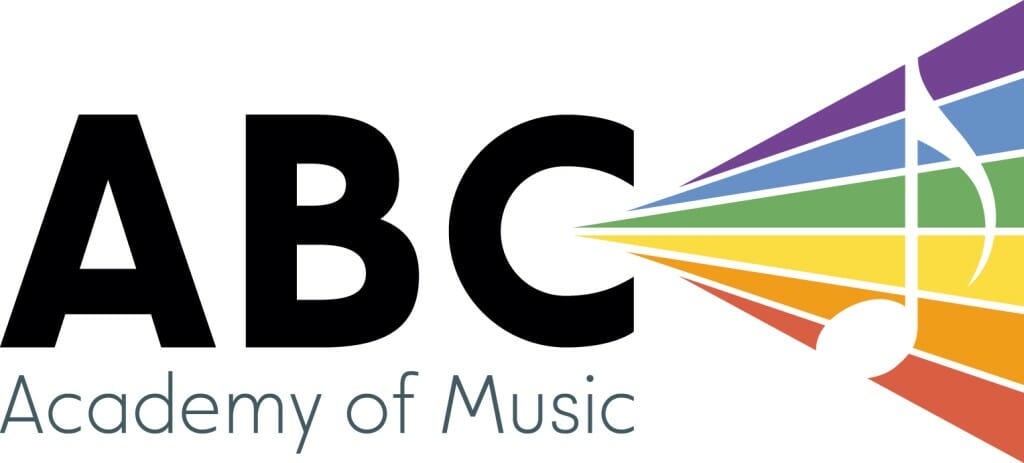Hi everyone,
Here are your practice assignments for this week:
Aidan
Recommended minutes to practice: 20-30 minutes per day
What to practice: Beats #1-12 on the sheet that I gave you.
How to practice it most effectively: For beats #1-6, continue to work on playing the beats faster, but be very careful to keep your speed consistent. You don’t want to be speeding up and slowing down while you play. Keeping a steady beat is the most important goal. For beats #7-12, practice slowly and count out loud. This is the best way to develop consistency with rhythms and beats that give you trouble.
How parents can support practice: Encouraging your child to practice regularly and helping them develop a routine is the best way to be supportive.
Will
Recommended minutes to practice: 15-20 minutes per day
What to practice: The Chorus beat of Can’t Stop and the fill at the end of the chorus which leads back into the verse.
How to practice it most effectively: Keep working on the Chorus beat in order to develop more consistency with it. It sounds quite good when you get it, but it still sometimes gives you trouble. Work on the open hi-hat in the fill at the end of the chorus. Focus on having both of your feet move up and down together.
How parents can support practice: Encouraging your child to practice regularly and helping them develop a routine is the best way to be supportive.
Oscar
Recommended minutes to practice: 20-30 minutes per day
What to practice: The triplet-sixteenth-note subdivisions in Hey Joe by Jimi Hendrix.
How to practice it most effectively: These triplet subdivisions have the effect of almost making this beat sound swung. Listen for that sound in the recording. Use the eighth note pulse as your beat and then subdivide it into three. Experiment with playing the one and the three of these subdivisions. This is where the swing feel comes from.
How parents can support practice: Encouraging your child to practice regularly and helping them develop a routine is the best way to be supportive.
Nate
Recommended minutes to practice: 20-30 minutes per day
What to practice: The second chorus of Californication by the Chili Peppers
How to practice it most effectively: Focus on the rhythm of the snare drum and bass drum in the second line of the chorus. Remember that it is not the same as the rhythm from verse beat. Look carefully at what I wrote in your book and compare it with what you hear in the song. It is a very syncopated rhythm, but you were starting to get the hang of it in your lesson.
How parents can support practice: Encouraging your child to practice regularly and helping them develop a routine is the best way to be supportive.
Alexy
Recommended minutes to practice: 15-20 minutes per day
What to practice: The hand-to-hand sticking pattern in the beat from “Ride.”
How to practice it most effectively: Practice it slowly and focus on keeping the “left right left right” pattern consistent. When you have two bass drum notes together, the first one will always land together with the right hand, and the second one will land on the beat (with the left hand). Count out loud to make sure that you are keeping a consistent rhythm
How parents can support practice: Encouraging your child to practice regularly and helping them develop a routine is the best way to be supportive.
Daniel
Recommended minutes to practice: 20-30 minutes per day
What to practice: The new snare drum study and continue to work on your xylophone exercises.
How to practice it most effectively: Practice the snare study in chunks. Don’t try to run through the whole thing every time you practice it. Take it line by line in order to nail down the rhythms and the dynamics. Then try to take two line together in order to start getting the bigger picture. Then add two lines to two other lines and do four lines at a time. By following this process, it will be much easier to learn the whole thing.
